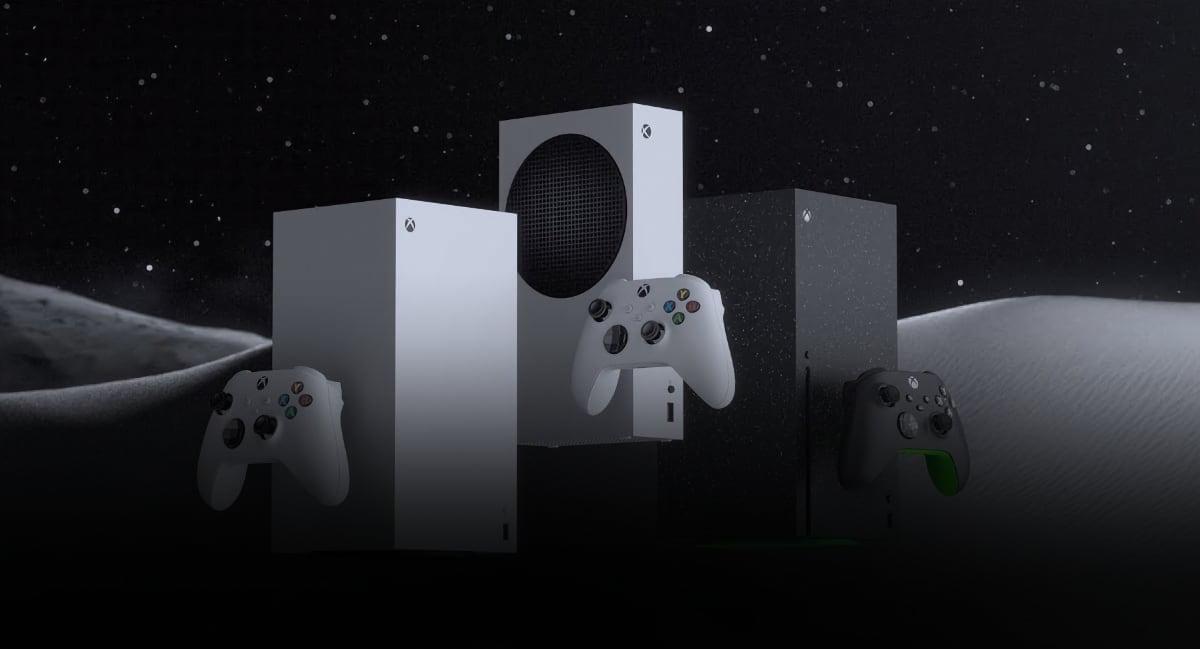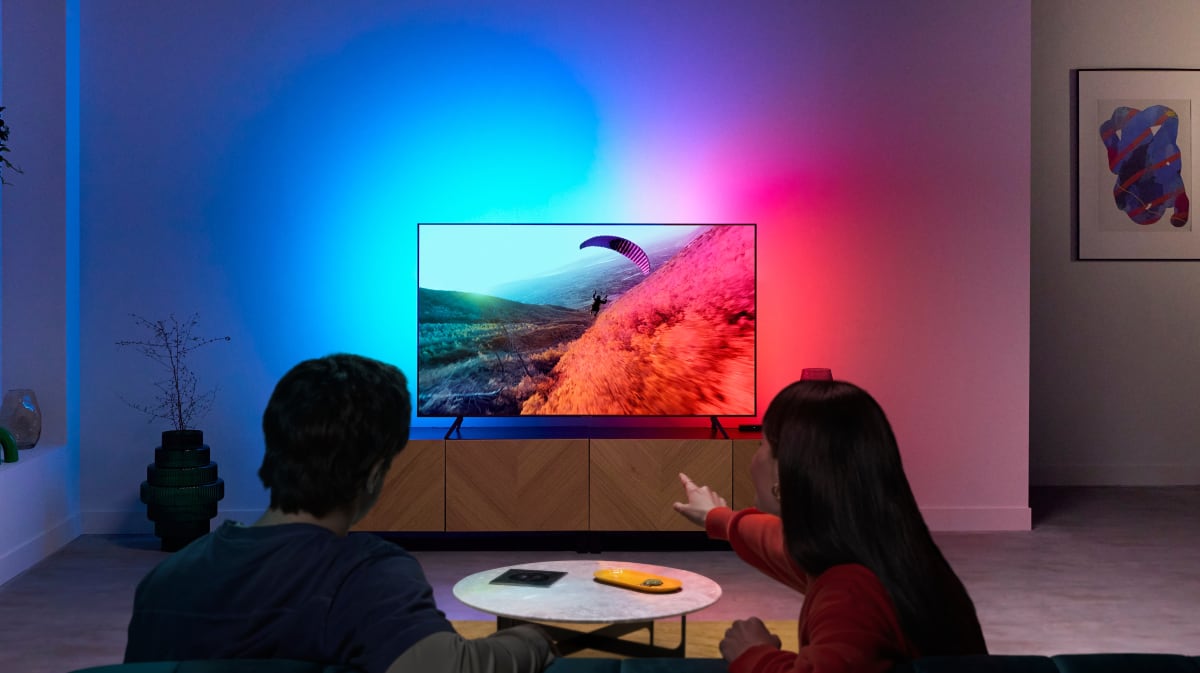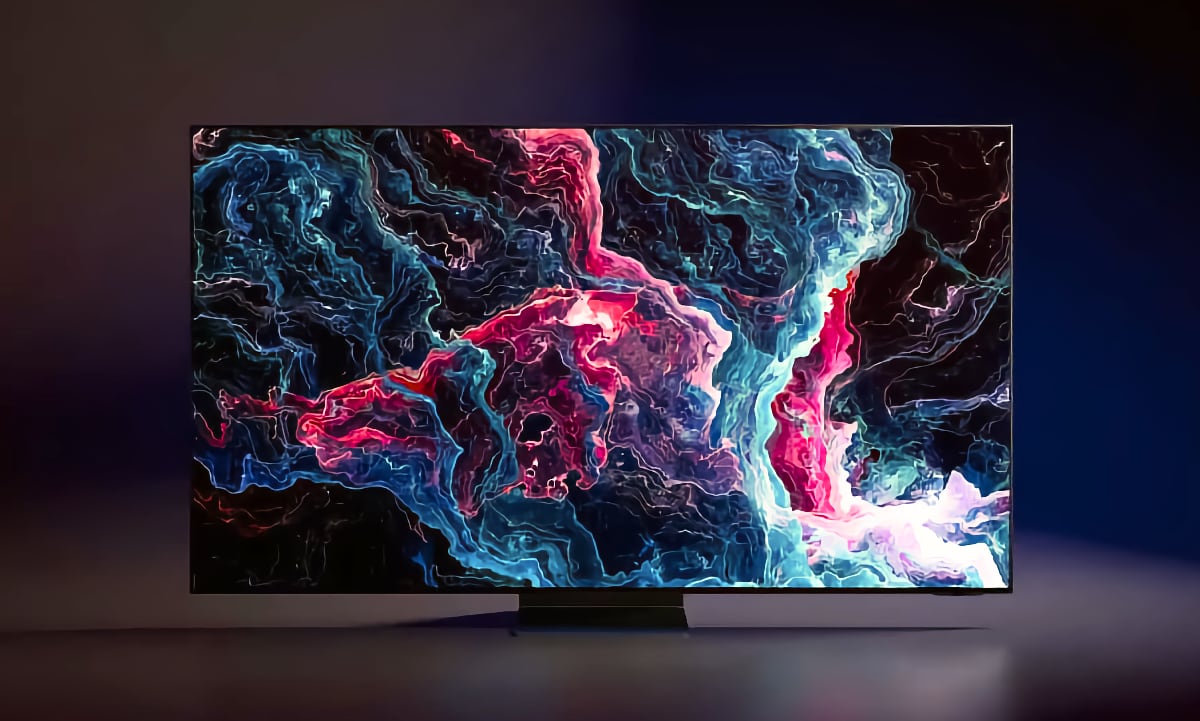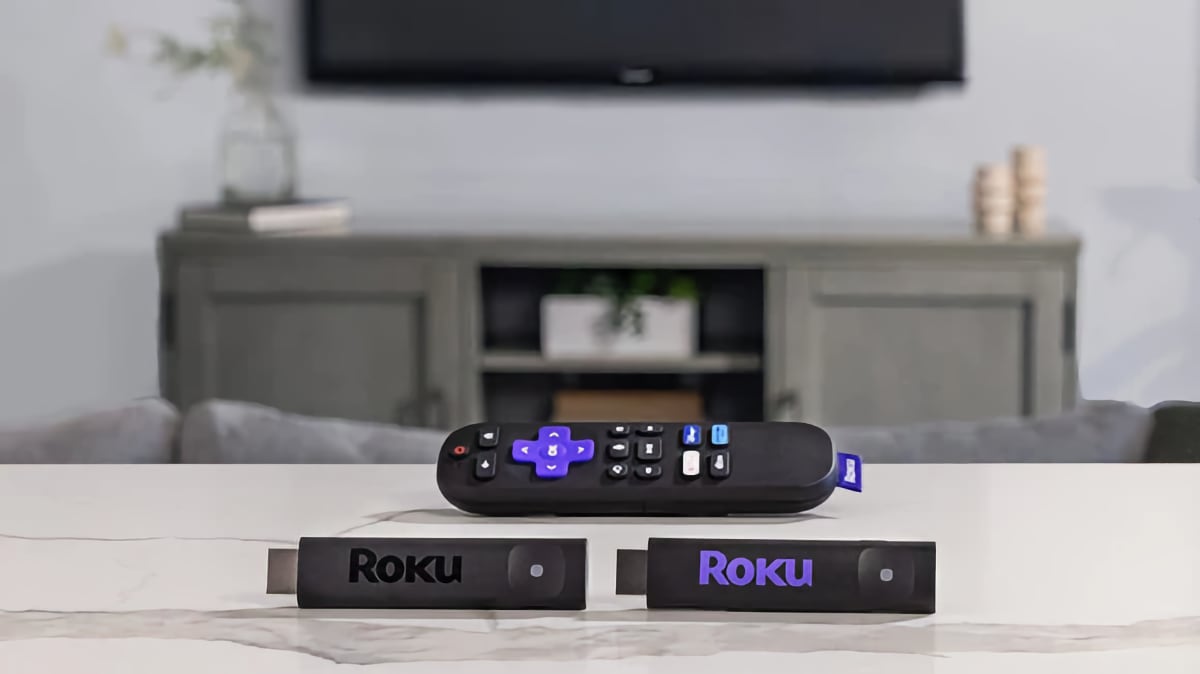New smartphones were everywhere at MWC 2014 in Barcelona, but we also saw the first signs of a new major trend. Flexible OLED displays will pave the way for a new category of wearable products, with Samsung Gear Fit and Huawei TalkBand as early examples.
OLED as a cornerstone
Almost every device has a display today. The cathode ray tube and plasma technologies have been reserved for TV displays, but LCD technology has made possible products such as the laptop, smartphone and tablet. OLED is the next step. The paper-thin flexible displays will allow electronics makers to create a new class of products.
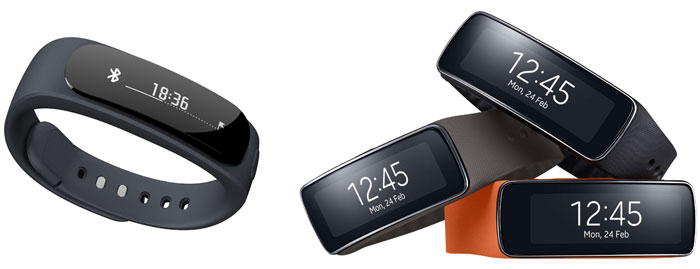
Huawei TalkBand left and Samsung Gear Fit right
Samsung or Huawei's products are far from perfect, but the concepts demonstrate the great potential of flexible OLED technology combined with for example sensors and Bluetooth. The displays are flexible, but mounted in a fixed frame. In the near future we could see far more flexible displays, but it requires that other components such as the batteries also become flexible. Flexible OLED displays are created on plastic substrates, which also make the displays very resistant and almost unbreakable.
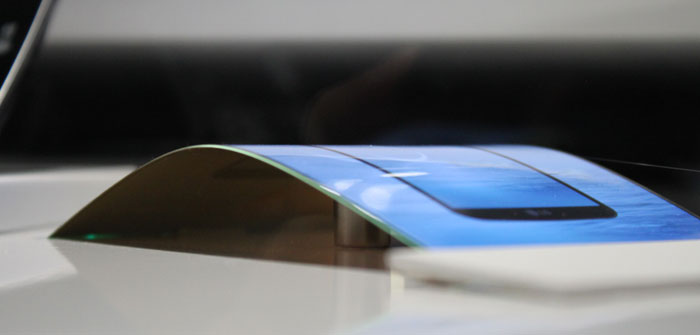
The flexible OLED display inside the LG Flex phone
This is one of the first steps in what will eventually be a very big “wearable devices” trend – bands are only a small part of it. In the long term it is not hard to imagine how it might affect the form factor of the tablet, smartphone, and enable new mobile products that do not exist today. LG has also launched a phone with a flexible OLED display.
LG and Samsung are leading the way in development of flexible displays. Samsung’s flexible OLED displays are marketed under the YOUM brand and are the ones used in Samsung’s own products. LG and Samsung both have a small-scale production of flexible displays at the moment, but production will be expanded considerably in 2014 and 2015.
Huawei's TalkBand will be available this March for $99. Samsung's Gear Fit will be available in April, but no price has been announced.
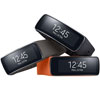 Flexible OLED paves the way for fitness bands, more
Flexible OLED paves the way for fitness bands, more



